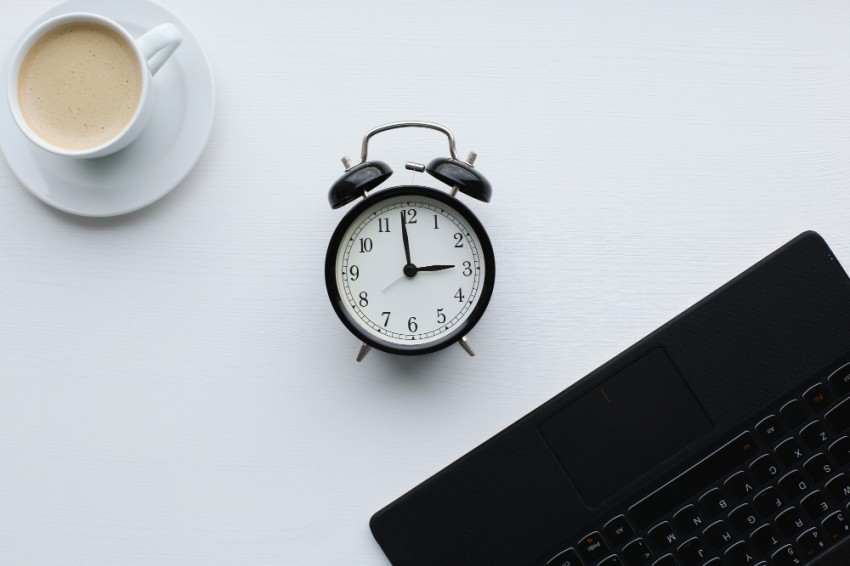- Opening hours : Monday to Friday from 8:30 to 17:00
We use cookies to analyze web traffic. No personal data is collected, and your visit is anonymized to protect your privacy.

At the end of this month, the final VAT return for the year 2022 will be filed. In this return, you need to take into account a number of specific issues. We have listed the most important corrections and points of attention for you.
Correction for private use entrepreneur
If you withdrew goods and/or services from the business for your own private use last year, you might not have been allowed to deduct the VAT. For example, consider the private share of energy costs on the property you use both for business and private purposes. Or accountant fees related to your private tax return or personal advice. Goods you sell in your business but also use at home also fall under a possible correction.
Correction for employee benefits and corporate gifts
VAT on costs for employee benefits, gifts and business gifts may initially be deducted in accordance with the regular rules for deduction. Examples include Christmas hampers, gifts, company outings and office coffee/lunches. However, the VAT on such benefits in kind is not indefinitely deductible as these benefits also contain a private component. There is an annual limit of €227 (excluding VAT) per employee or relation; if the total of the benefits in kind to an individual employee or relation exceeds this amount, there is no right to deduct the entire cost for that employee or relation. Therefore, check whether you have exceeded this limit and correct in the tax return if necessary.
Private use of company car
If a car is made available to an employee or entrepreneur and the car is also used for private purposes, a correction must be made for the VAT deduction claimed for the car costs.
The correction for private use of the car can be made on the basis of the actual use made of the car. This means that it can be deduced from a trip record how many private kilometres were driven in relation to the total annual mileage. If the actual use is difficult to determine, it is possible to correct the private use of the car on the basis of a flat-rate scheme.
This flat-rate correction works out as follows:
The VAT correction amounts to 2.7% of the list price (including VAT and bpm) of the relevant car during the year of its entry into service in the company and the four subsequent years. The VAT correction is time-proportional, so if a car is put into use on 1 July, a correction of 6/12 x 2.7% x list price takes place. After the fifth year of commissioning, a flat rate of 1.5% applies. This reduced flat rate also applies if no VAT was charged when the car was purchased.
VAT taxed and VAT exempt turnover
If your company carries out both VAT-taxed and VAT-exempt activities, the VAT on overheads is deducted according to the ratio between the two activities. This ratio is called the 'pro-rata'. At the time of purchase, an estimate is made of the extent to which the goods or services will be used for VAT-taxed or -exempt activities. The last VAT return of the financial year assesses whether the correct pro-rata was applied at the time of purchase. If discrepancies are found, corrections must be made in the last VAT return of the financial year.
Reconciliation with financial statements
Finally, it is important to assess whether, after filing the last VAT return for a year, all turnover achieved is actually included in the VAT return. Therefore, make a proper reconciliation and if there are discrepancies, make sure they are rectified in time.
If the total correction is less than €1,000, this correction may be declared in the next return. If the correction exceeds the aforementioned amount, a supplementary declaration must be filed.
The above points of attention and corrections will ensure that you are fully in control again with the last declaration for the year 2022. Should you nevertheless still have questions, please feel free to contact one of our staff members. We will be happy to assist you.
0 Comments